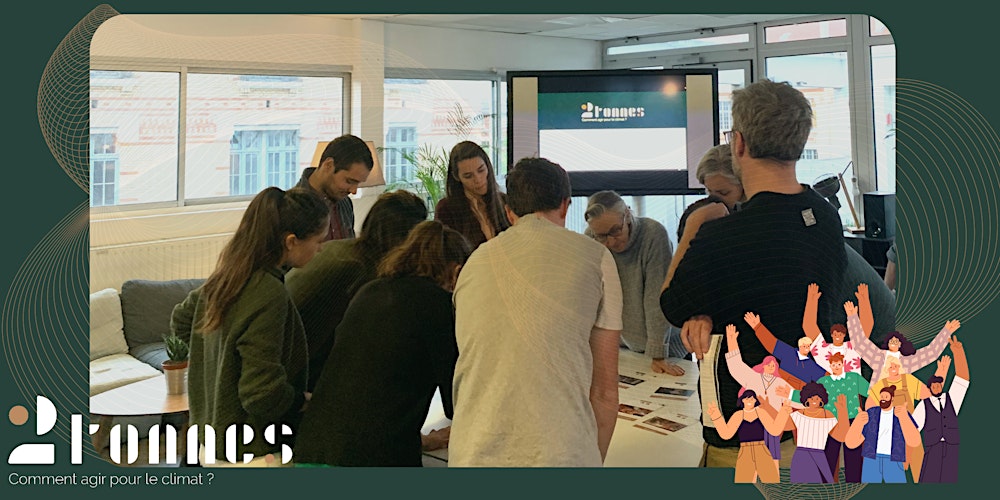Bizet’s Carmen is broadcast in Pathé cinemas live from the Metropolitan Opera House in New York in a production by Carrie Cracknell. Aigul Akhmetshina and Piotr Beczala as well as Kyle Ketelsen perform the tragic-love trio under the direction of Daniele Rustioni.
The cinematographic retransmission appears careful and thought out with the stage action (specific working sessions are devoted to these world visions). The wide frames show the overall picture (which turns on itself in a clear drawing of space), while the tighter shots support the action of the actors’ postures, sometimes even frozen in intensity. Conversely, this sound recording retains a lot of noise from sets or accessories.
Huge metal structures demarcate the front stage and the back stage, showing several simultaneous actions (the most emblematic of these superpositions of events being the high point of this opus: the assassination of Carmen while the people is obsessed with the triumph of the Corrida). Michael Levine’s sets are contemporary realistic, including a truck (on its wheels, then lying down and even in flames). Motorized vehicles are also symbolic, with Escamillo’s expensive red car, among grating ironies in the form of “product placements” for drinks or even cigarettes. The stage is also inhabited by a play of shadows of the characters, projected on a canvas before each start of a new act, before revealing the new setting.
The colorful and sophisticated outfits include replica weapons of all kinds. Carmen also transforms from Don José with sober jeans, brown jacket, to diving into the arms of Escamillo and typically Andalusian outfits.
The choreographies liven up the crowd scenes, but also offer acrobatics. Ann Yee incorporates modern dance and weighted moments of improvisation.
The lights (Guy Hoare) are used a lot horizontally from behind the stage, creating visual effects (as if the vehicles, motionless, were moving on the set), while adding intensity to the emotions of the characters (in particular when the horizontal lines switch to red, to the rhythm of Bizet’s score).
Mezzo-soprano Aigul Akhmetshina (not yet thirty years old) already demonstrates artistic maturity, in this role that she has been working on for some time now (she made her debut in Carmen at the Royal Opera House in London, at the age of 21). years). This already deep familiarity with the role shines through in the embodiment and vocal execution. Its timbre draws a crystalline and melodious mezzo, with a luminous clarity like its presence, which in no way prevents you from covering its entire range with ease.
The French is practiced, and mastered (even if the singer expresses modest apologies for alleged linguistic difficulties, the Met broadcasting reports and interviews between acts).
Don José, the tenor soldier in love, played by Piotr Beczala, offers a powerful performance from both a musical and scenic point of view. His often bright and vibrant voice captures the essence of the tortured young lover, expressively, oscillating with heroism. His vocal agility modulates like his acting, from initial love to an invasive obsession, tipping into despair.
The soprano Angel Blue, with a strong voice, implores with tenderness as Micaëla, making each note vibrate in her voice and the cinema speakers, thanks to a large palatal opening supporting an undeniable presence. The light vibrato supports an enveloping, accentuated and nuanced roundness.
Playing the role of Escamillo, Kyle Ketelsen, bass-baritone, captivates the audience with a stage presence of great charisma (shining like his red car). Its vocal timbre, characterized by its richness and warmth, offers robust bass that adds impressive sonic depth.
Baritone Benjamin Taylor displays a voice that is both velvety and deep. His warmth and mastery fit with his role as Brigadier Moralès, with a maturity in the bass reinforcing the seriousness of his interpretation (especially since each word is made understandable).
Zuniga (Wei Wu) does not hide his attraction to Carmen, nor his textured bass range, knowing how to make himself clear and clear. The phrases are attacked and punctuated in accordance with the music without distorting his vocal line.
Frasquita and Mercédès form a duo of inseparable complicity. Sydney Mancasola, with her soprano voice, brings a piercing and crystalline sound, adding a bright and high quality to the whole. Conversely, Briana Hunter, with her mezzo-soprano range, offers a more rounded, velvety and deep voice, creating a balanced sound mix.
Dancaïre Michael Adams, bass-baritone, and Remendado Frederick Ballentine, tenor, bring an entertaining and dynamic dimension to the stage with their lively performance. The former offers a robust and rich sound, while the latter offers a clear and vibrant voice.
In the cutaways and when the subtitles are absent, the cinema screen allows us to see the animated direction of Daniele Rustioni (musical director of the Opéra national de Lyon). Its lively and embodied beat transports this very moving Mediterranean music.
The Metropolitan Opera Orchestra confirms its reputation, highlighting the richness of this work through the nuanced interpretation of the different themes. Its expressiveness in nuances (especially in melancholic and tragic passages) helps capture the essence of drama and passion that characterizes Carmen.
The House Choir prepared by Donald Palumbo offers rhythmic precision synchronized with the orchestra, harmonic cohesion enriching the musical ensemble. The chorus sections interweave subtly allowing the voices to blend together harmoniously and stand out eloquently when necessary. The Master plays and sings with seriousness but also a lightness as if in mockery of this adult world.
The public in the New York theater was delighted with this performance, the reception being – almost by definition – more reserved in the Parisian cinema, although this French work thus once again conveys its intense and timeless sensitivity.
Find the program of opera broadcasts in cinemas this season
2024-01-29 14:32:42
#Carmen #live #Met #YorkParis #Seville #News #Ôlyrix #Ôlyrix


